Give nesting birds a helping hand
Add nest boxes to your garden to make that extra bit of space for growing families.
Buy from our shop
Content manager
With leaves gone from the trees and the breeding season well and truly over, winter can be a great time to search for evidence of last year's baby boom.
You might notice the dense shape of cup nests still sitting snugly in bare, forked branches. Strong winds may knock old nests from trees and shrubs. And gardeners trimming hedges before the new season starts often come across nests otherwise concealed by last year's growth.
But how can you tell which species of bird built the nests left behind? Let's take a closer look at the nests of seven birds that may have raised young in a garden near you.
It is an offence to disturb nesting birds under the Wildlife & Countryside Act 1981. The breeding season is generally March to August, although some species begin nesting as early as February. Take care when investigating nests to ensure they're not in use, and avoid hedge cutting during this time.
Robin nests are thick and cosy, with the mossy base often enlarged to fill the cavity or ledge the nest is built upon.
The base of the nest is made of leaves and moss. The nest cup is often lined with hair.
Usually fairly low down among climbing plants or thick shrubs, often using a ledge as support. Sheds and other outbuildings are sometimes used, as well as open-fronted nest boxes.
Pale and heavily freckled with tiny, reddish brown flecks, often concentrated towards the blunt end of the egg.
Blackbird nests are fairly large and heavy-looking, with wide cups for the eggs and chicks.
Mostly woven from dried grasses but also moss and small twigs. Instead of feathers or hair, the nest cup is simply lined with grass.
Often found in shrubs, hedges or climbing plants such as clematis, rarely much higher than head height.
Pale greenish blue and freckled with reddish brown flecks.
Add nest boxes to your garden to make that extra bit of space for growing families.
Buy from our shopSong thrush nests are dense and sturdy-looking, with a wide cup for eggs and chicks.
The base is made from grasses, twigs and moss, but the defining feature is the lining of dried mud in the nest cup.
Usually relatively low down in thick shrubs and hedges.
Green-blue with dark speckles, which are more defined than on blackbird eggs.
Fairly large and messy, sometimes with quite a loose construction.
Usually grass and moss with a lining of hair or feathers.
Prefers to nest near to other greenfinches, often in evergreen hedges or shrubs such as leylandii.
Smooth and white, delicately flecked with dark markings.
Goldfinch nests are neat and compact, with a deep cup to help keep eggs secure in high winds.
The mossy base is bound with grasses and spider silk. The nest cup is heavily packed with fluffy materials such as wool, feathers and downy thistle seeds.
Often built in the fork of tree branches, usually fairly high among more slender, outer branches. They can be quite exposed to the elements!
White with a small number of reddish-brown speckles.
Dunnock nests are somewhat flatter than other nests on our list with a shallower nest cup.
A foundation of twigs and moss with a soft mossy lining.
Often well-concealed and found low to the ground among thick bushes.
Bright blue and lacking in spots or freckles.
A messy and haphazard platform. Mostly flat with no lining. The loose construction often leaves gaps for light to filter through.
Large twigs and sticks.
Often in the forks of tree branches, as though placed during a game of kerplunk.
Smooth and white.
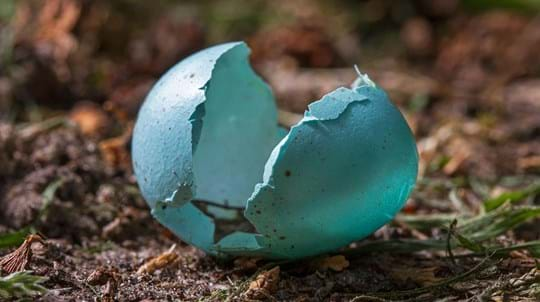
Blog
Helen Keating • 05 May 2020

Blog
Charlotte Varela • 15 Apr 2019
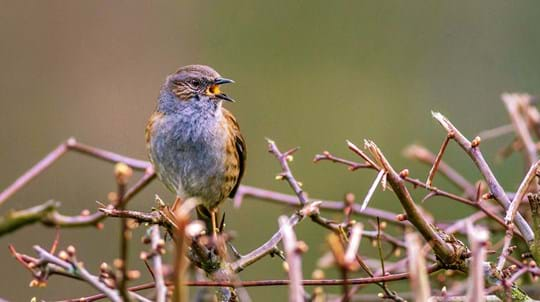
Blog
Amy Lewis • 01 May 2020
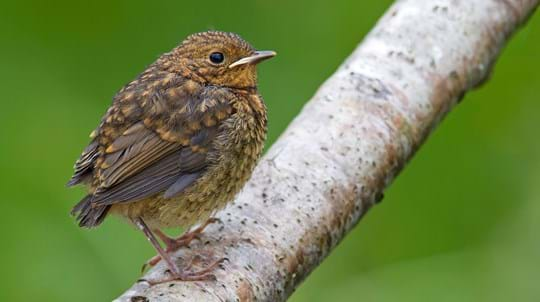
Blog
Amy Lewis • 15 May 2020
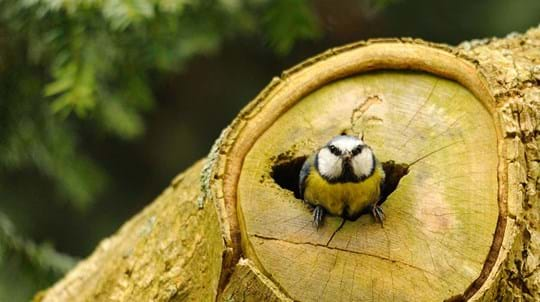
Blog
Amy Lewis • 12 Feb 2019
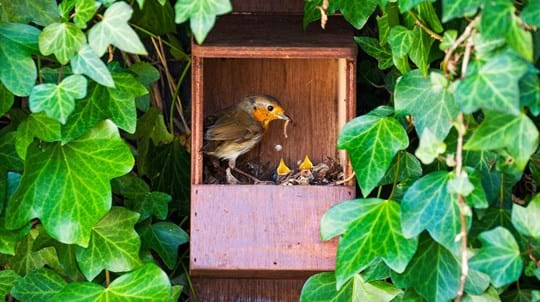
Blog
Hannah Vickers • 08 Feb 2019
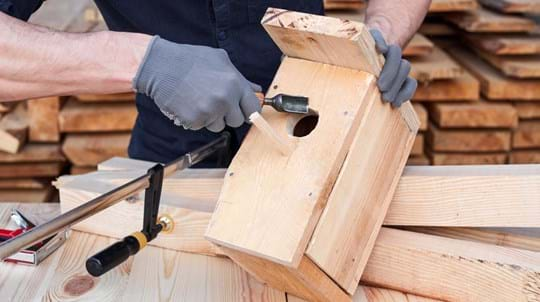
Blog
Hannah Vickers • 25 Feb 2021

Wildlife is all around us, from sights and sounds to tracks and trails. Discover what's out there all year round with our identification guides.
See our easy ID guides